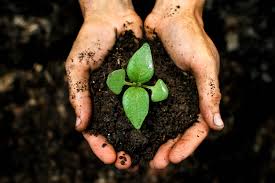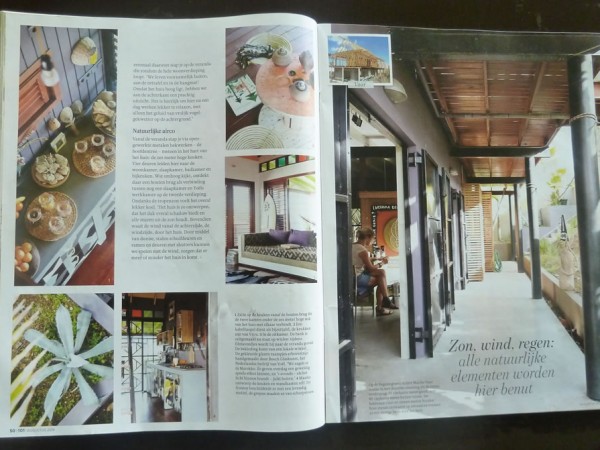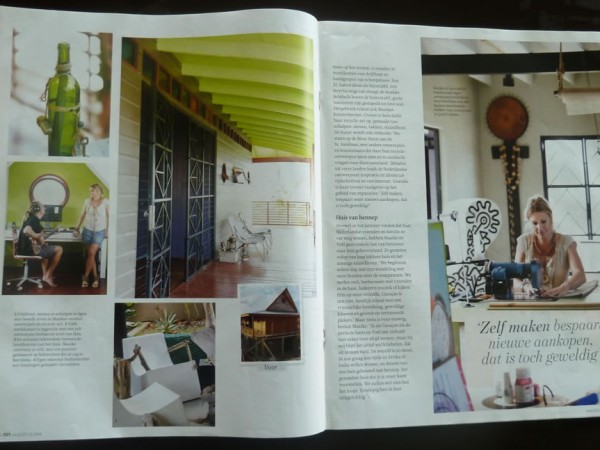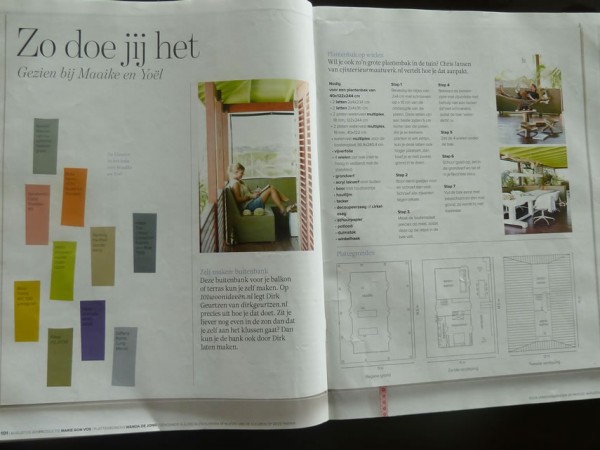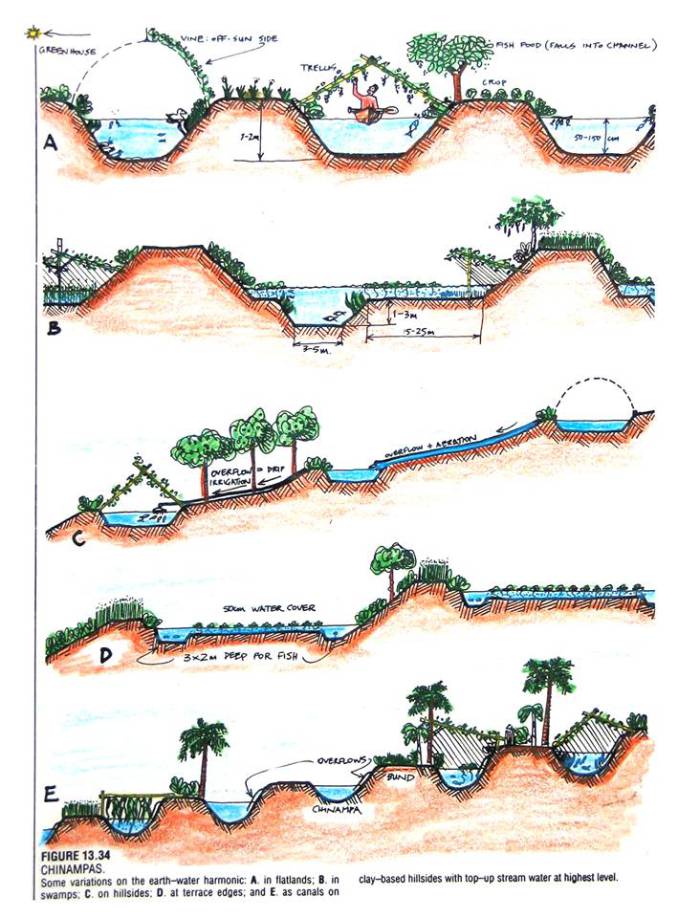
With water retention landscapes, it is possible to provide enough freshwater for animals, plants and humans beings in every region of the world. Water is the key to a stable climate. A natural built reservoir that allows water to seep into the ground has a balancing effect on the climate. There is no life without water. We need to create natural, decentralised water landscapes, using retention methods to collect rain water and store it on the land to promote the growth of vegetation.
Contour lines and natural watercourses are a very valuable aid when designing a retention space. The first step is to look, to read the landscape, to recognise the contour lines, and how the water will run and collect. The lakes and ponds need to be placed in the low and deep zones, where water from a large catchment area can be collected. Most valleys have a narrow point and the dam needs to go there. The core of the dam consists of loam and a aquifer ( barrier) that is watertight.
The existing vegetation can show us where to build the lake. For example, wool grass, cotton grass, moss, reeds, willows, alders or downy birches all indicate ample moisture in the ground.
It is possible to build a lake anywhere using the catchment area of the rain flow, which will in no time, fill the lake with rain water. Water retention landscapes are natural and don’t need to be built with concrete or sealed with plastic sheets ( pond liner), we don’t want a retention landscape to be watertight. The earth itself is the water storing body. The only place that needs to be watertight is the dam. By using only natural materials the earth can benefit and the water can permeate surrounding areas restoring the hydrological balance. A water retention space needs to promote biodiversity, terraces, different depths, a rich plant life, many insects,animals and reptiles. The more diverse, the more stable.
A lake should be build to enable three ways of water movement :
- with curved banks to allow a constant flow.
- aligned with the wind to allow wave movements.
- with deep and shallow zones to make the water move because of differences in temperature.
All that lives wants to move. The same is true for water. Through moving, it rejuvenates and stays alive. It oxygenates through moving which enables self- cleansing. Water never runs straight, water becomes stagnant and begins to decay and stink when a lake is build in a square or rectangular shape with straight banks.
NATURAL FLOATING AGRICULTURAL SYSTEMS
The area under floating cultivation is up to 10 times more productive than traditional farmed land. There is little maintenance needed since there is no soil, not additional chemicals fertilizers or manure is required, and plant disease and weeds are rare. Also by cultivating crops in the water it is possible to harvest fish populations which reside in the beds……………..” This is the real natural sustainable Aquaponics system”.
Floating agriculture practices have minimal infrastructure and very little capital requirement, costs are very low because raw materials for the construction of the beds are readily available from local waterways.
To make the beds the Water Hyacinth, a highly invasive weed with prolific growth rates, is used in floating agriculture in a great beneficial way as a floating layer, straw or rice stubble is added, then upper layers of small and quick rotting waterworts on top are added, which make for good manure, while the structure of the floating raft is strengthened with bamboo, then big bamboo poles are used to fix it in position to avoid damage cause by waves or drifting.
Floating crops systems can contribute forward maintaining healthy wetlands which have coastal defense functions and also support a wide range of biodiversity making it an environment friendly system of growing organic crops.
IRRIGATION
It is best not to water from the top using sprinklers, because water usage is high but water utilisation is low.
Never water during the day, only after sunset. Most water will evaporate straight away during the day and plants are unable to utilise enough. temperatures are lower at night, humidity is higher, and these are ideal conditions for the plants to absorb and use the water with maximum effect.
Water close to the ground in traditional trenches, with drip hoses or by hand watering close to the stem of the plant. The drip hose can run above ground or be dug in. Only use it in the evenings to save water.
Written by Eva Glara

